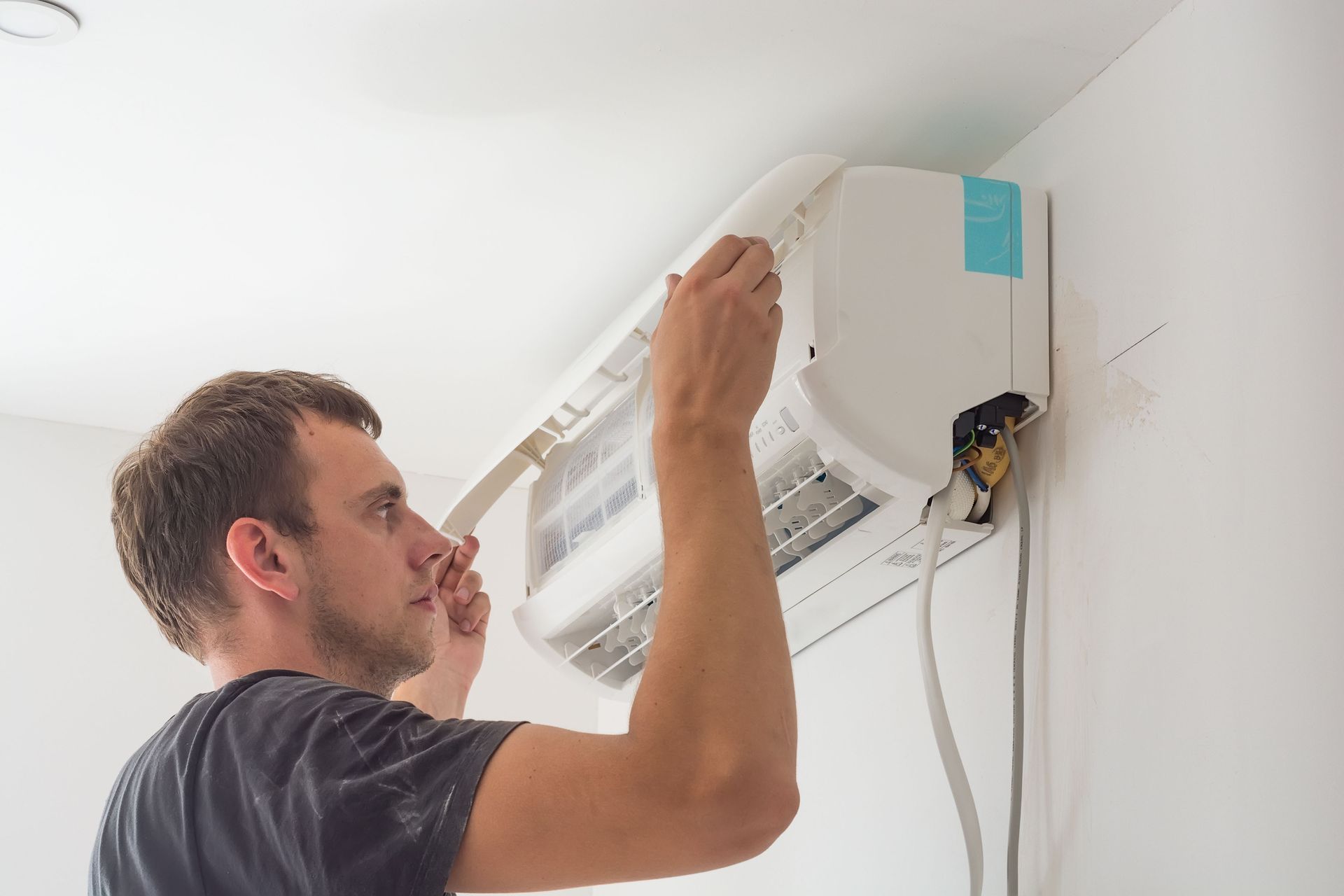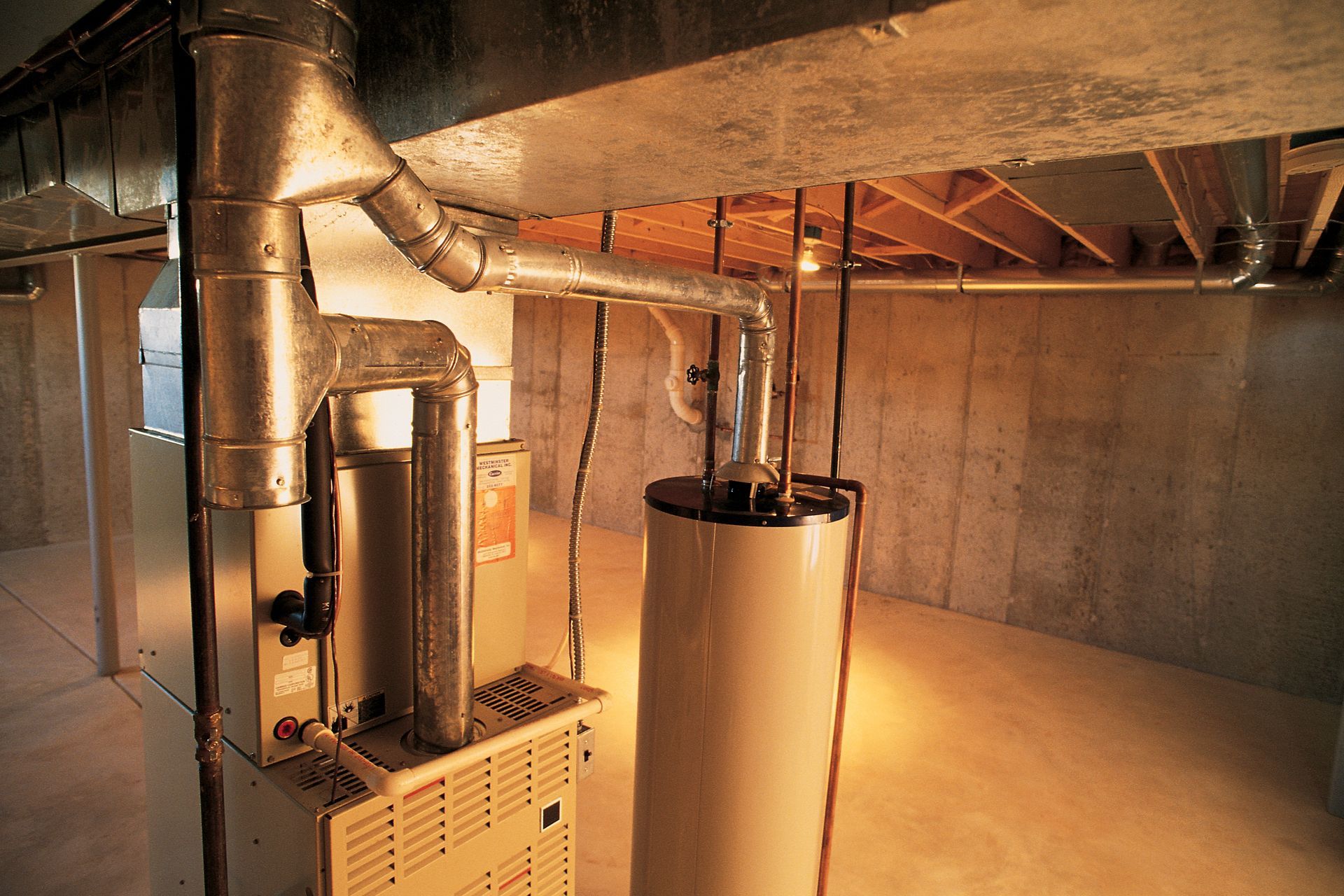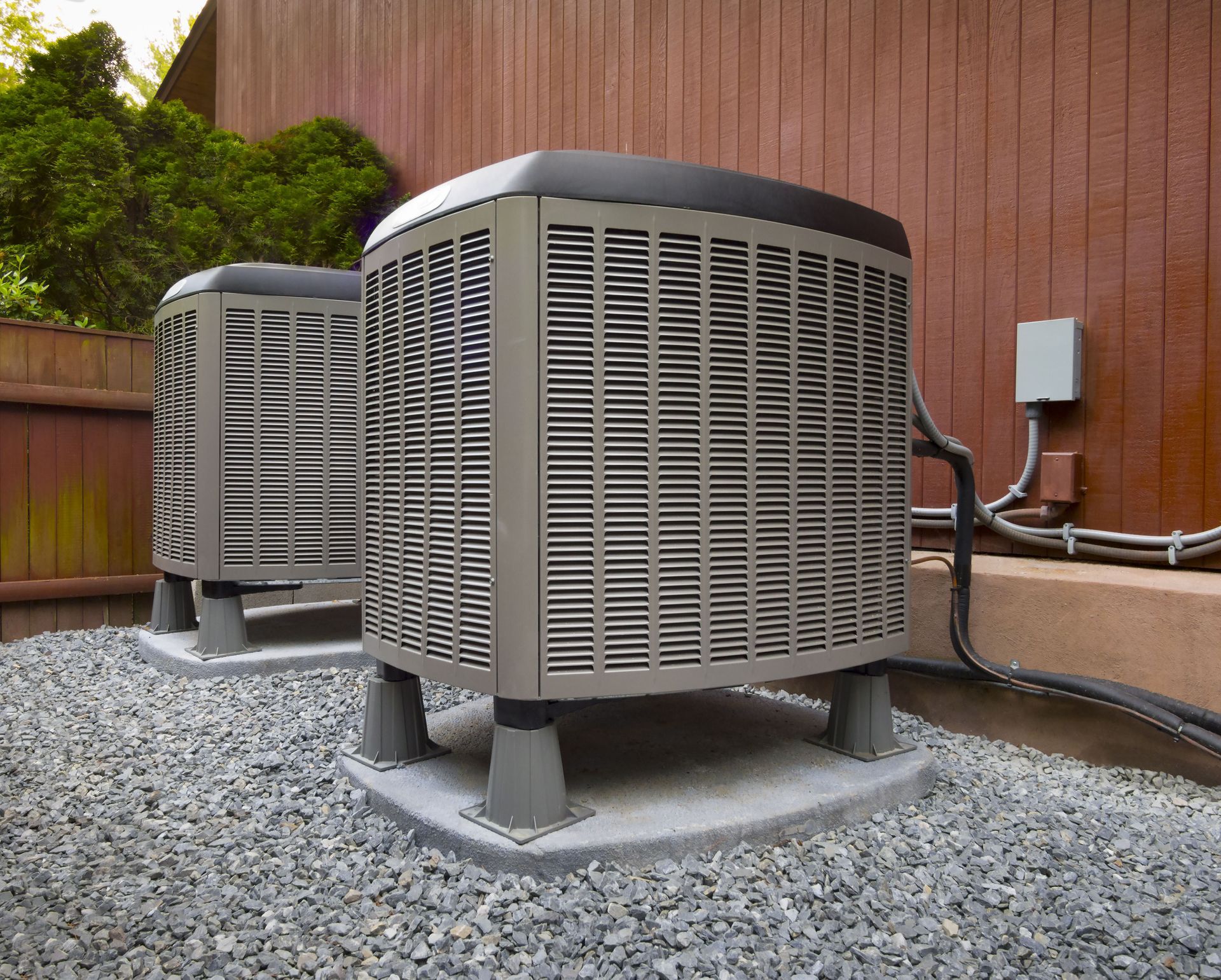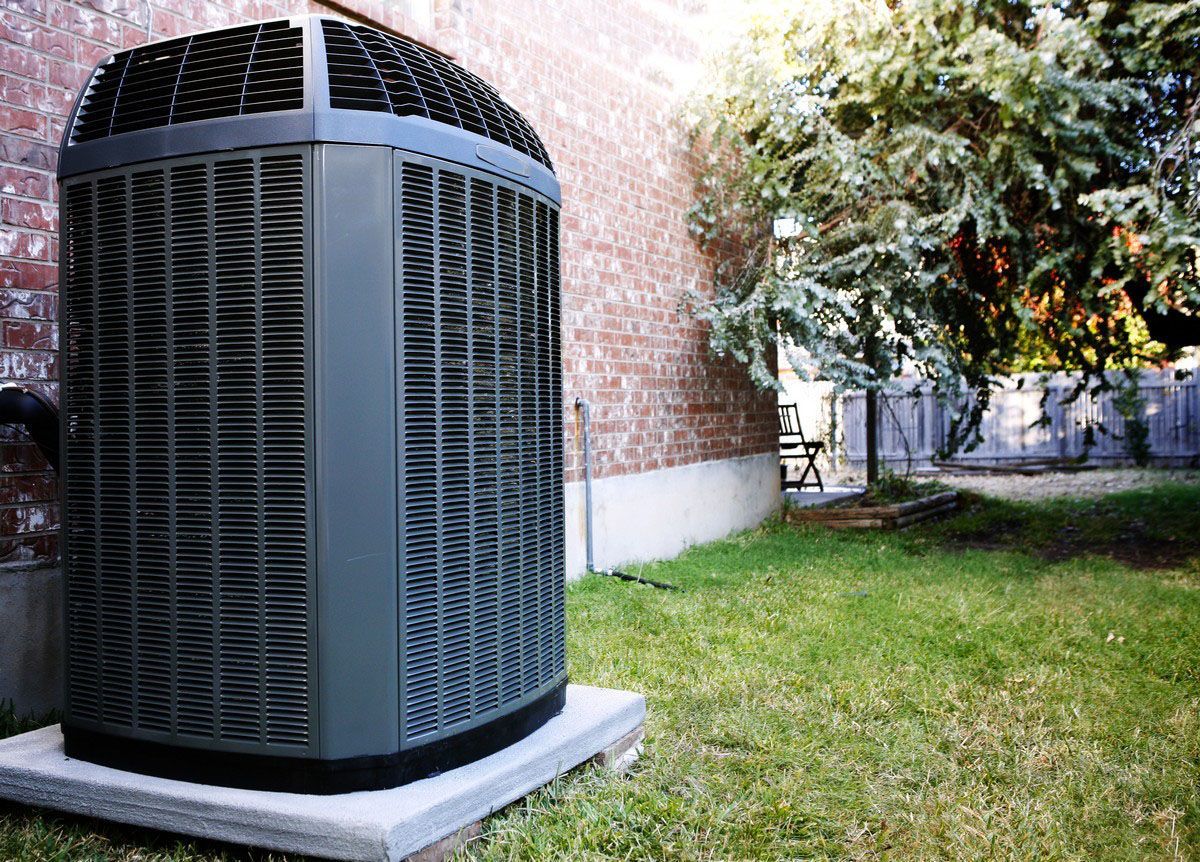5 Types of HVAC Systems: Which Is Right for Your Home?
Explore the diversity of HVAC systems available today, understand their unique features, and determine which one best suits your home's specific needs. This comprehensive guide will walk you through various types of HVAC systems, helping you make an informed decision about the most efficient and cost-effective option for your living space.
The choice of an HVAC system is a significant investment for homeowners, impacting comfort, energy consumption, and overall home functionality. Selecting the right system involves weighing numerous factors such as budget constraints, home structure, geographic location, and personal preferences. According to Statista, in 2024, about 83% of prospective homebuyers considered air conditioning an important or very important home characteristic. This underscores the importance of choosing wisely.
This guide aims to provide detailed insights into the different types of HVAC systems available, highlighting key features, advantages, and potential drawbacks, enabling you to determine the best fit for your situation.
1. Understand Central Air Conditioning Systems
Central air conditioning systems operate by circulating cool air through a system of supply and return ducts. Registers located in floors, walls, or ceilings distribute the conditioned air across multiple rooms, ensuring a uniform temperature. These systems are composed of an outdoor unit that houses the compressor and condenser coil, along with an indoor unit that contains the evaporator coil.
The benefits of central air conditioning are extensive. These systems are energy efficient when properly installed, offering consistent comfort across an entire home. They also improve indoor air quality with advanced filters that capture dust, pollen, and other pollutants. Additionally, central systems operate quietly and integrate seamlessly into a home's structure.
However, the HVAC installation process for central air can be costly and complex, especially in older homes that lack ductwork. The average cost can range significantly depending on whether ducts must be added. Despite the upfront expense, many homeowners appreciate the increased property value and long-term comfort these systems provide.
Central systems are most suitable for large homes with existing ductwork and for households that value a quiet, unobtrusive solution. Potential drawbacks include higher energy use in poorly insulated homes and the need for consistent maintenance. Annual inspections and filter replacements are critical to ensure efficiency and system longevity.
2. Explore Ductless Mini-Split Systems
Ductless mini-split systems consist of two main components: an outdoor compressor and one or more indoor air-handling units. They are connected via refrigerant tubing and require only minimal drilling during installation. Each indoor unit comes with its own thermostat, making zone-based cooling possible.
The advantages are compelling. Ductless systems offer flexibility, energy savings, and the ability to cool or heat specific rooms independently. They are especially effective in homes without existing ductwork, additions, or remodels. The quiet operation also appeals to homeowners who value a peaceful indoor environment.
Cost is a consideration. While initial installation costs may be higher than expected, ductless systems are often less expensive than retrofitting central air with new ducts. Long-term savings arise from reduced energy consumption, as homeowners avoid cooling unused spaces. Professional HVAC installation ensures maximum efficiency.
These systems are ideal for smaller homes, apartments, or older properties where preserving architecture is important. A potential drawback is aesthetics, since indoor units are mounted on walls or ceilings, which some homeowners may find visually unappealing. Like all HVAC options, regular maintenance of filters and components is essential to preserve efficiency.
3. Evaluate Heat Pump HVAC Systems
Heat pumps provide both heating and cooling through the process of transferring heat between the inside and outside of a home. In summer, they expel indoor heat to the outdoors. In winter, they reverse the process, extracting heat from outside air and transferring it inside.
Heat pumps are renowned for their efficiency. They typically produce more heating energy than the electricity they consume, lowering utility bills compared to conventional systems. They also reduce carbon footprints, since they rely on moving heat rather than generating it by burning fuel.
The financial implications include a higher initial investment, but long-term savings through reduced utility costs. Federal or state incentives for energy-efficient systems may also ease upfront costs. Maintenance is crucial for maximizing efficiency and system lifespan.
Heat pumps work best in moderate climates, making them less effective in regions with extremely cold winters. In those cases, supplemental heating may be required. Homeowners with well-insulated homes and open floor plans tend to get the most out of heat pump systems.
Potential drawbacks include reduced efficiency in sub-freezing conditions and higher installation costs. However, their quiet operation and ability to serve as both a heater and air conditioner make them an attractive option for many households.
4. Consider Hybrid HVAC Systems
Hybrid HVAC systems combine the functionality of heat pumps with a traditional furnace. These systems automatically switch between electric and gas heating based on which option is most efficient for the current conditions. This adaptability provides both comfort and energy savings.
The benefits are substantial. Hybrid systems optimize energy usage year-round, reducing reliance on fossil fuels while still offering strong heating performance during extreme weather. This efficiency aligns with sustainability goals, lowering both emissions and utility bills.
Economic considerations include higher upfront costs and a more complex HVAC installation process compared to standalone systems. However, hybrid systems may qualify for energy rebates, and their long-term efficiency can offset initial expenses.
These systems are best suited for homes in climates with wide seasonal temperature variations. The ability to adapt ensures consistent comfort throughout the year. Potential disadvantages include complexity in maintenance and higher service costs due to the dual-technology setup. Nevertheless, the flexibility and energy savings make hybrids a compelling HVAC installation choice for many homeowners.
5. Discover Geothermal HVAC Systems
Geothermal systems use the earth’s consistent underground temperature to provide heating and cooling. They rely on underground piping loops and a heat pump to transfer heat between the home and the ground. In summer, heat is absorbed by the ground; in winter, natural underground warmth is transferred indoors.
Environmental benefits are substantial. Geothermal systems reduce greenhouse gas emissions by relying on renewable energy from beneath the earth’s surface. They are among the most sustainable HVAC options available today, aligning with eco-conscious living and global energy conservation efforts.
The biggest challenge is cost. HVAC installation requires specialized labor and equipment, making it an expensive option. However, homeowners often recover costs over time through reduced utility bills. Geothermal systems are durable and can last a long time when properly maintained.
Suitability largely depends on the type and size of the property. Because geothermal systems require underground loops to function, homes with larger yards or land plots are typically better suited for installation. Urban or smaller properties may face limitations due to space or soil conditions, though vertical loop systems can sometimes provide a workable solution. Once an HVAC installation is done, geothermal systems deliver exceptional energy efficiency, long-term reliability, and minimal environmental impact. They significantly reduce reliance on fossil fuels, cut monthly utility costs, and often increase property value. For homeowners dedicated to sustainability, this makes geothermal heating and cooling not just an energy solution but a smart long-term investment in both comfort and eco-conscious living.
Choosing the right HVAC installation system for your home requires balancing comfort, efficiency, budget, and property design. Whether you opt for a central air system, ductless mini-split, heat pump, hybrid setup, or geothermal design, understanding the strengths and limitations of each ensures that your investment delivers lasting benefits. Professional HVAC installation is essential across all systems to achieve optimal performance and maximize energy savings. For expert guidance and reliable service, contact Kimbro Air today and discover which HVAC system is the perfect match for your home.





Share On: